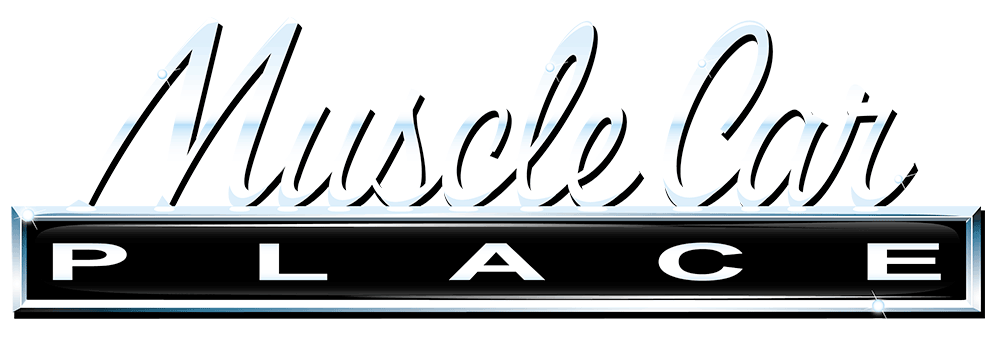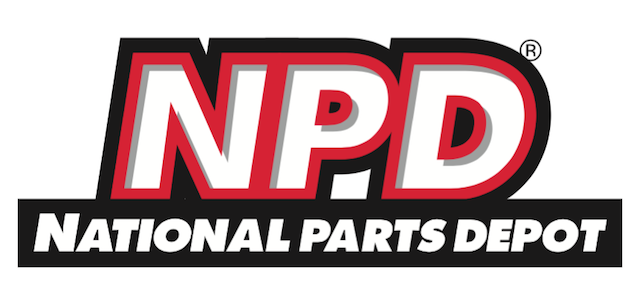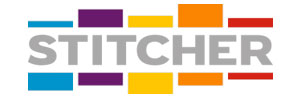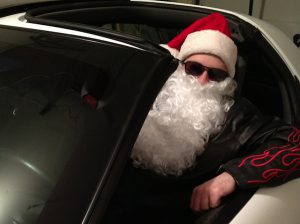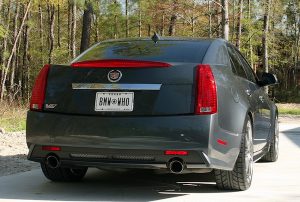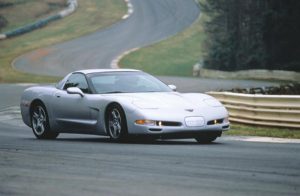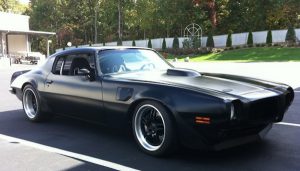Podcast: Play in new window | Download
Subscribe: RSS
=======================================================

In this episode of the podcast show, I got the chance to do something I’ve always wanted to do: cover a full chassis dyno tune from start to finish! Even better was that I got the chance to see it happen on my very own ’64 Chevelle! To top it off, I got to take it to the place that assembled the engine in the first place, Karl Performance in Ankeny, IA.
Karl Performance is my favorite local speed shop and they installed a resizable four wheel Dynaflow booth when they built their facility just a few years ago. In addition to being super cool, it is the only all-wheel-drive dyno in Iowa! It’s been in near constant use ever since and is just as popular with the muscle car crowd as it is with the truck and import crowd.

Our show beings with EFI Tuning Specialist, Clinton Brooks. His first plan of attach was to review all parameters that were already in the system, pull out the existing tune to create a fresh baseline, and then begin working on good idle performance and throttle response.
Since the *other* huge benefit (aside from power increase) is improved drive-ability, he spent nearly an hour working to get base idle, throttle tip in, and other factors dialed in. First they would make it run correctly, then make it run strong.
In the case of my car, and with any modern swap into an old car, a custom tune is required in nearly any application since the same LS3 base engine may be in a vehicle with different exhaust and intake configurations. In my case, the initial tune accounted for the larger 50lb injectors, but it didn’t account for the the cold air intake configuration.As such, the car ran badly and was constantly throwing “rich” codes in both cylinder banks. Clinton ended up building his own tables to map the Mass Air Flow sensor correctly. Once he had that sorted out, it was on to the fun stuff.

Next stop was to high performance tune the engine at higher output levels, once again looking at Mass Air Flow, and also at the A/F ratio of the sniffer in the exhaust pipe. The initial run laid down around 390 RWHP, but the Air/Fuel ratio was all over the map, not in the 12-14 range as desired. He also spent quite a bit of time sorting out the “phantom” engine knock (caused by the relative harshness of the solid-ish engine mounts) and real engine knock, since the engine computer would want to immediately remove timing (and thus power) when sensing knock. He ended up pulling 4 runs, but finally got everything dialed in for a peak horsepower of 422.4 at 6300RPM and peak torque of 398.1 ft-lb at 5100 RPM.

One interesting thing we noticed was the power curves were “jiggly” and not a nice smooth curve like you see in the magazines. Clinton told me that was due to the stiff suspension transmitting the road movement to the dyno rollers themselves.
When it was all said and done, the power numbers were a little lower than I was expecting, but nothing that I am disappointed by. I now have a very efficient and drivable car to get good at driving….and then I’ll be ready to bump up the power. You can get more information on Karl Performance via their website at https://www.karlperformance.com or via their Facebook page.
Thanks for the tune, Gents!
-Rob K
=======================================================
This interview sponsored by our pals at National Parts Depot – your premier source for muscle car restoration parts!
